
Click the blue text above to follow us


Chuan Xiong (Ligusticum Chuanxiong)
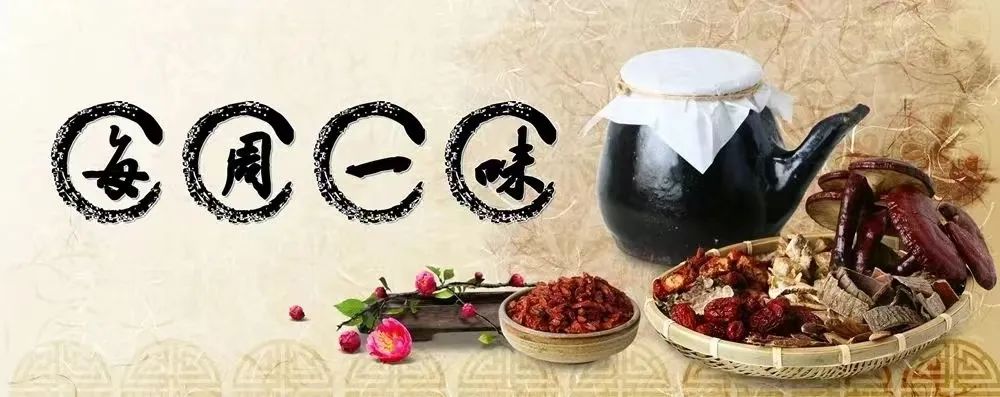 This product is the dried rhizome of the plant Chuan Xiong, belonging to the Umbelliferae family, primarily produced in Sichuan. It is harvested in summer when the nodes on the stem are prominently protruding and slightly purple. After removing the soil, it is sun-dried and then dried again, removing the fibrous roots. This product has a strong aroma, a bitter and spicy taste, with a slight numbing sensation on the tongue and a mild sweetness. The best quality has a yellowish-white cross-section, strong aroma, and high oil content. It is sliced and used raw.
This product is the dried rhizome of the plant Chuan Xiong, belonging to the Umbelliferae family, primarily produced in Sichuan. It is harvested in summer when the nodes on the stem are prominently protruding and slightly purple. After removing the soil, it is sun-dried and then dried again, removing the fibrous roots. This product has a strong aroma, a bitter and spicy taste, with a slight numbing sensation on the tongue and a mild sweetness. The best quality has a yellowish-white cross-section, strong aroma, and high oil content. It is sliced and used raw.
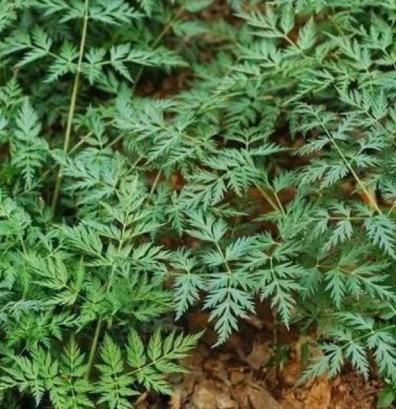
Characteristics of the Herb
It appears as irregular fist-shaped lumps, with a diameter of 2-7 cm, the surface is gray-brown or brown, rough and wrinkled, with a depressed stem scar at the top and many tuberous root scars at the bottom. It is solid and not easily broken, with a cross-section that is yellowish-white or gray-yellow, scattered with yellow-brown oil chambers. Chuan Xiong slices are irregular thick pieces, with a gray-brown or brown outer skin and wrinkled patterns. The texture is solid. It has a strong aroma, a bitter and spicy taste, and a slight sweetness.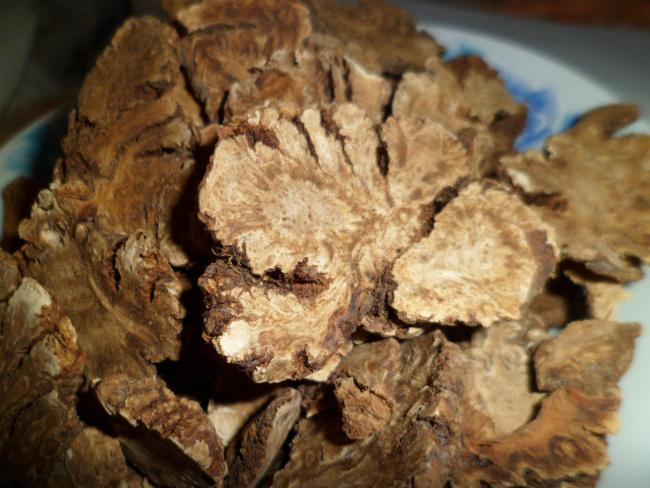
Effects of the Herb
Invigorates blood circulation, promotes qi flow, dispels wind, and alleviates pain.
Clinical Applications
For blood stasis and qi stagnation, chest obstruction and heart pain, stabbing pain in the chest and hypochondrium, swelling and pain from falls, irregular menstruation, dysmenorrhea, and abdominal pain from masses: This product is spicy and aromatic, dispersing and warming the blood vessels, capable of invigorating blood and dispelling stasis, as well as promoting qi and relieving stagnation, making it a key herb for treating pain due to qi stagnation and blood stasis. For liver qi stagnation causing pain in the hypochondrium, it is often combined with Chai Hu (Bupleurum) and Xiang Fu (Cyperus) in formulas like Chai Hu Shu Gan San; for heart vessel obstruction and chest pain, it is often combined with Dan Shen (Salvia) and Hong Hua (Carthamus); for liver blood stasis causing masses and stabbing pain in the chest and hypochondrium, it is often combined with Tao Ren (Peach Kernel) and Hong Hua in formulas like Xue Fu Zhu Yu Tang; for pain and swelling from falls, it is often combined with Ru Xiang (Frankincense), Mo Yao (Myrrh), and San Qi (Notoginseng). This product is known for its ability to promote circulation, as noted in the “Ben Cao Hui Yan” which states it can “regulate menstrual flow and relieve stagnation”, making it a key herb for gynecological conditions. For dysmenorrhea and irregular menstruation due to stasis, it is often combined with Chi Shao (Red Peony), Dang Gui (Angelica), and Yan Hu Suo (Corydalis) in formulas like Shao Fu Zhu Yu Tang; for abdominal pain during menstruation due to cold and blood stasis, it is often combined with Dang Gui, Wu Zhu Yu (Evodia), and Gui Xin (Cinnamon Twig) in formulas like Wen Jing Tang; for postpartum abdominal pain due to stasis and retained lochia, it is often combined with Dang Gui and Tao Ren in formulas like Sheng Hua Tang.
Headache: This product has a nature that ascends and disperses, as noted in the “Ben Cao Hui Yan” which states it can “ascend to the head and eyes”, meaning it can invigorate blood and promote qi to alleviate pain, and is particularly effective for dispelling wind and alleviating headache. For headaches due to external wind-cold, it is often combined with Bai Zhi (Angelica Dahurica), Xi Xin (Asarum), and Qiang Huo (Notopterygium) in formulas like Chuan Xiong Cha Tiao San; for headaches due to wind-heat, it is often combined with Sheng Ma (Cimicifuga) and Gao Ben (Ligularia) in formulas like Chuan Xiong San; for headaches due to wind-dampness, it is often combined with Qiang Huo, Gao Ben, and Fang Feng (Saposhnikovia) in formulas like Qiang Huo Sheng Shi Tang; for headaches due to blood stasis, it is often combined with Chi Shao, Hong Hua, and She Xiang (Musk) in formulas like Tong Qiao Huo Xue Tang.
Wind-damp Bi Pain: This product is spicy and dispersing, with the ability to dispel wind and open the channels to alleviate pain, treating wind-damp obstruction and joint pain, often combined with Qiang Huo, Dang Gui, and Jiang Huang (Turmeric) in formulas like Juan Bi Tang.
Common Usage Method
Decocted for oral administration, 3-10g.

Hu Defu
Chief TCM Physician
Luzhou City Renowned TCM Practitioner
Specializes in:
TCM treatment of respiratory, digestive, cardiovascular, rheumatic, and orthopedic diseases, with good efficacy in treating gynecological disorders and pediatric seasonal diseases.

Consultation Hours
Monday to Friday
8:00 AM – 12:00 PM
1:30 PM – 4:30 PM
Consultation Address
Third Floor, Comprehensive Building, Hu Defu’s Office
Consultation Phone
18008232069
Contraindications
This product is spicy and warming, and should not be used for headaches due to yin deficiency and yang excess, yin deficiency with excessive heat, red tongue and dry mouth, excessive sweating, excessive menstruation, and hemorrhagic diseases. Use with caution in pregnant women.
Recommended Medicinal Dish
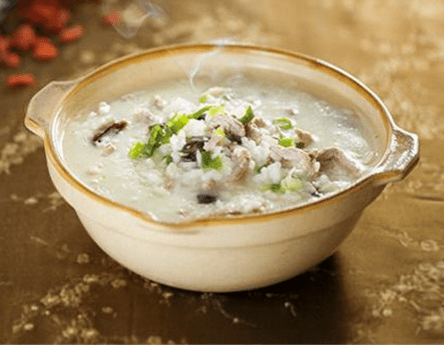
Chuan Xiong Stewed Fish Head
Ingredients: One fish head (90g), 15g Chuan Xiong, 3g Ge Jiao (Rhizoma Ligustici).
Method: Clean the fish head and remove the fishy smell; wash Chuan Xiong and Ge Jiao, and place them together with the fish head in a stewing pot. Add an appropriate amount of water, cover the pot, and stew over low heat for 2 hours, then season to taste and serve.
Effects: Chuan Xiong Stewed Fish Head can dispel wind and alleviate headaches. It is indicated for trigeminal neuralgia, wind-cold entering the brain, severe pain in the head and face, nausea and vomiting due to pain, expelling clear thin phlegm, and cold limbs.
THE END
Editor丨Zhang Xiaotian Proofreader丨Wei Menglan Chief Reviewer丨Hu Minghe
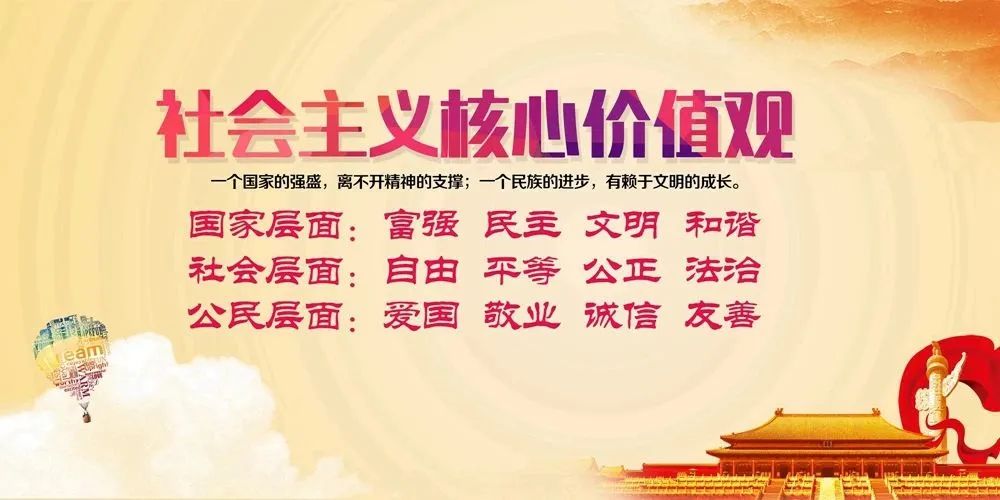


I knew you were “watching”


